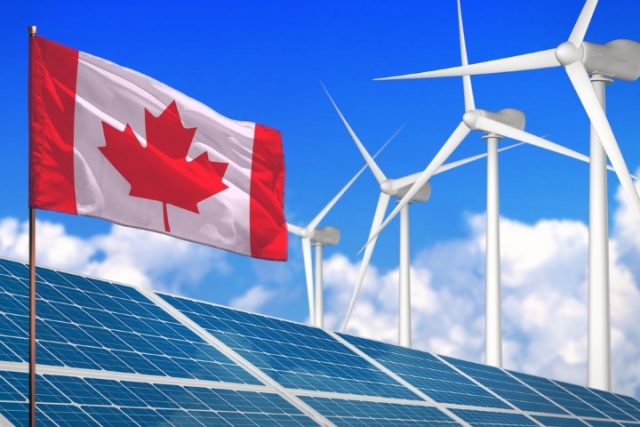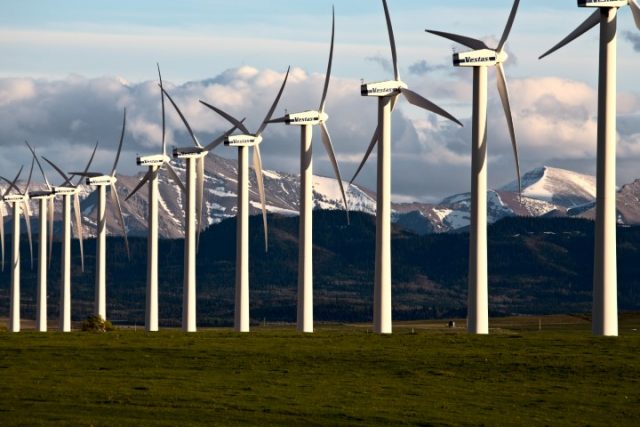The renewable energy storage landscape in Canada 2022
Solar energy and wind energy have grown significantly in recent years as we look to implement green infrastructure, reduce reliance on natural gas and slash greenhouse gas emissions. However, a key challenge is the technologies available to store renewable energy, particularly as Canada needs industrial large scale storage.
The Canadian government is supportive of renewable energy development and has set a target of having 90% of the country’s electricity come from renewable sources by 2030. As part of this goal, the government has committed to invest no less than $1.5 billion in clean energy projects over the next five years – including renewable energy storage projects.

Canada’s renewable energy roadmap depends on the success of these storage projects, and there are multiple options – each with advantages and disadvantages.
Energy storage solutions – solar power
Solar power is one of the most popular forms of renewable energy, and it is also one of the easiest to store. Batteries are the most popular way to store solar energy and can be used to power homes and businesses during times when solar panels are not generating enough electricity, such as at night or during a particularly cloudy day.
There are several solar batteries available on the market, and they come in various sizes, from small units that can power a single light bulb to larger units that can provide electricity for an entire building. The good news is that the cost of solar batteries has been falling in recent years, making them more affordable and attractive to consumers.
The solar energy landscape is evolving rapidly, with new projects being announced regularly across the country. A high profile example is the world’s largest solar farm, which is currently under construction in southern Alberta. When completed, this project will have a capacity of 579 MW and will cover an enormous area of 4,200 hectares.

Canadian Solar subsidiary Recurrent Energy recently acquired two standalone energy storage projects in development totaling 400MWh in the ERCOT, Texas market. Exciting news for Recurrent Energy, but Canada needs more of these utility scale storage projects on our own soil.
Grid-scale or utility-scale renewable energy batteries provide low-cost electricity to the grid as well as communities not connected to a grid are key for Canada’s energy stability.
Solar energy storage technologies are expected to develop significantly in the coming years as we work towards our renewable energy goals. Research and development into industrial scale solar battery storage solutions will play a key role.
Energy storage solutions- wind power
Wind power is another renewable energy source that is growing rapidly in Canada. Turbines generate electricity when the wind blows, and this power can be stored in a number of different ways.
The most common way to store wind energy is in compressed air. Compressed air storage (CAS) involves using excess electricity from turbines to compress air, which is then stored in an underground cavern or container. When there is a demand for electricity, compressed air is released and used.
Canadian wind power generation capacity has more than tripled in the last decade, and there are now over 8,000 MW of wind turbines operating in the country.

As with solar, the Canadian government supports wind energy development, and if we are to achieve our 90% renewable energy target, a significant amount of new wind capacity needs to be built in the coming years.
CAS technology plays a critical role in accelerating this growth, as it can provide a reliable and cost-effective way to store wind energy. Investment to develop CAS and the ability to increase accessibility will have a significant impact on whether we can reach our ambitious clean energy goals.
Energy storage facilities – the key to environmental change?
To address the challenges posed by natural gas reliance and climate change, we need to forge ahead with our development of green technologies and renewables. Renewable energy storage technologies play an important role in our energy stability and resilience to volatile energy prices. Canada has already taken significant steps toward net zero. Still, we face a pivotal period as we look ahead to increase clean energy generation and implementation on a large scale to meet the nation’s electricity demand.




